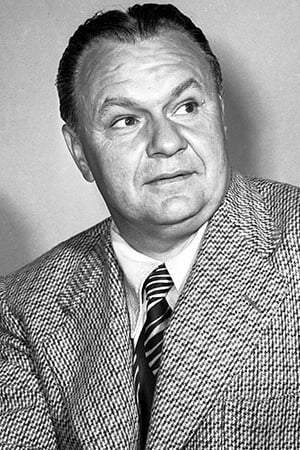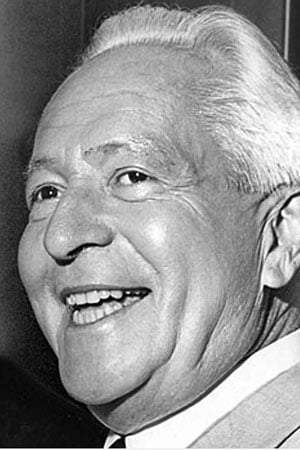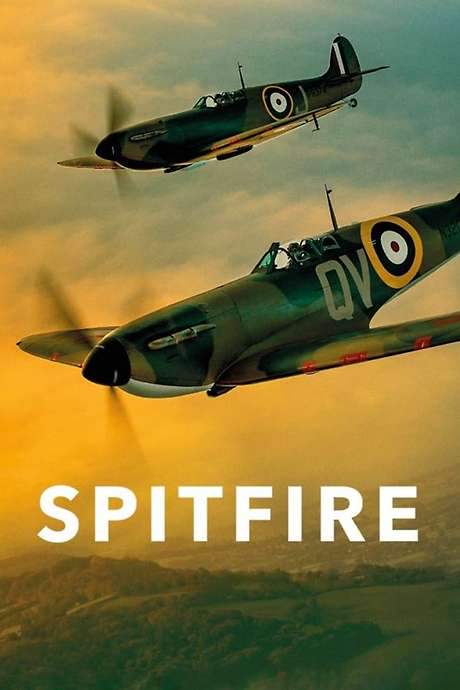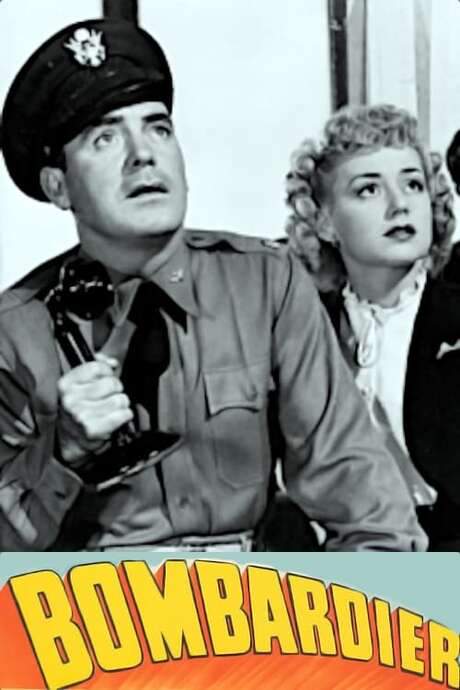Victory Through Air Power 1943
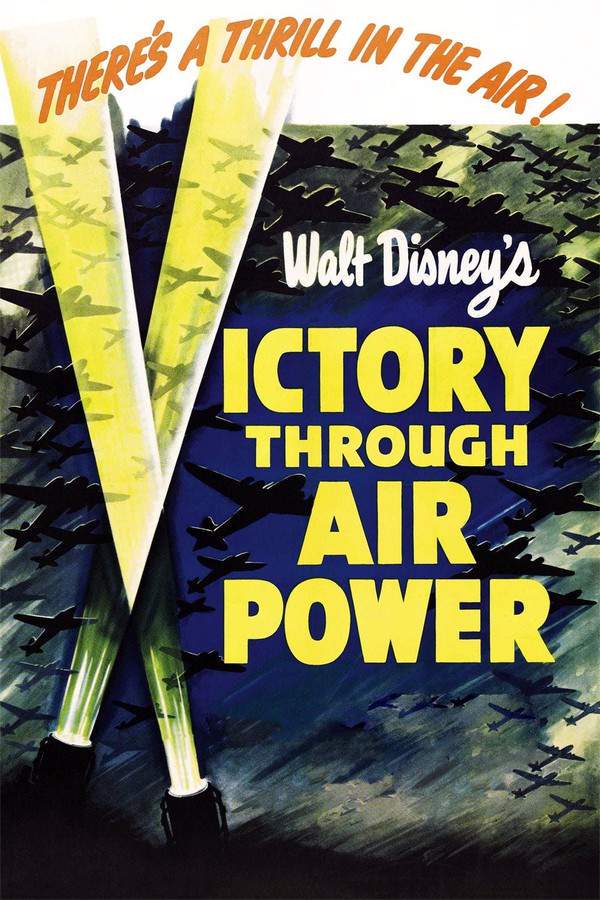
This documentary explores the development of aerial warfare, using captivating animation to illustrate the crucial role of long-range strategic bombing in historical conflicts. It examines how air superiority significantly influenced the course of battles and shaped the outcome of wars, providing a fresh perspective on this powerful aspect of military history.
Does Victory Through Air Power have end credit scenes?
No!
Victory Through Air Power does not have end credit scenes. You can leave when the credits roll.
Meet the Full Cast and Actors of Victory Through Air Power
Explore the complete cast of Victory Through Air Power, including both lead and supporting actors. Learn who plays each character, discover their past roles and achievements, and find out what makes this ensemble cast stand out in the world of film and television.
External Links and Streaming Options
Discover where to watch Victory Through Air Power online, including streaming platforms, rental options, and official sources. Compare reviews, ratings, and in-depth movie information across sites like IMDb, TMDb, Wikipedia or Rotten Tomatoes.
Ratings and Reviews for Victory Through Air Power
See how Victory Through Air Power is rated across major platforms like IMDb, Metacritic, and TMDb. Compare audience scores and critic reviews to understand where Victory Through Air Power stands among top-rated movies in its genre.

6.5 /10
IMDb Rating

56
%
User Score
Take the Ultimate Victory Through Air Power Movie Quiz
Challenge your knowledge of Victory Through Air Power with this fun and interactive movie quiz. Test yourself on key plot points, iconic characters, hidden details, and memorable moments to see how well you really know the film.
Victory Through Air Power Quiz: Test your knowledge about the groundbreaking Disney film 'Victory Through Air Power' and its exploration of air warfare and military strategy during World War II.
Who is the main figure discussed in 'Victory Through Air Power'?
General Billy Mitchell
Major Alexander De Seversky
Charles Lindbergh
Orville Wright
Show hint
Awards & Nominations for Victory Through Air Power
Discover all the awards and nominations received by Victory Through Air Power, from Oscars to film festival honors. Learn how Victory Through Air Power and its cast and crew have been recognized by critics and the industry alike.
The 16th Academy Awards 1944
Music (Music Score of a Dramatic or Comedy Picture)
Full Plot Summary and Ending Explained for Victory Through Air Power
Read the complete plot summary of Victory Through Air Power, including all major events, twists, and the full ending explained in detail. Explore key characters, themes, hidden meanings, and everything you need to understand the story from beginning to end.
This film stands out as a distinctive entry in Disney Production’s catalog, primarily serving as a propaganda piece that promotes Major Alexander De Seversky’s innovative theories regarding the practical applications of long-range strategic bombing. The movie artfully blends animated segments with humorous narratives to chronicle the evolution of aerial warfare, featuring Major De Seversky as he passionately advocates that his strategies could be pivotal in securing victory for the Allies.
The journey begins in 1919, when U.S. General Billy Mitchell urged the military to commit to developing a substantial air force. As World War II approached, various skirmishes highlighted air superiority’s critical role in enhancing ground forces’ effectiveness. It was a mere 16 years prior, on December 17, 1903, when Wilbur and Orville Wright achieved the first manned flight in a heavier-than-air machine at Kitty Hawk. By the year 1904, they had already mastered mid-air turns, showcasing the rapid advancement of aviation technology.
In 1908, the U.S. Army orchestrated plans for an Air Corps, aiming for a daring mission that included a pilot, a passenger, and a journey of ten miles without damage. Notably, in 1910, a French pilot became the first to fly across the English Channel, while the U.S. made its mark when Eugene Healy took to the skies from the USS Birmingham.
As the narrative unfolds, Rogers accomplished the first transcontinental flight in the early 1910s. However, with the advent of World War I in 1914, airplanes initially used for reconnaissance quickly evolved into tools of combat. Pilots began arming themselves and their aircraft, leading to the installation of machine guns and the development of a synchronization device that shielded the spinning propeller from harm.
In this turbulent era, grenades and bombs soon began raining down on vital military installations, and the rapid progression in aircraft technology was staggering, with over 20 years of development compressed into just four years of warfare. Following the war, aviators continued to break new ground, including Charles Lindbergh, who famously flew solo across the Atlantic from New York to Paris. Such feats culminated in an accelerated pace of military aviation, with U.S. army planes accomplishing global flights in a mere 15 days and 11 hours, a record later beaten by Howard Hughes, who reduced it to 2 days and 23 hours. The 1930s ushered in a new era of commercial airline services operating world-wide.
In the tumultuous year of 1939, with the onset of World War II, President Roosevelt commissioned the production of an astounding 50,000 airplanes. The rapid advancements in military aviation were unprecedented, enhancing capabilities from one mile per minute to an astonishing six miles per minute, and increasing firing rates from one bullet per minute to an incredible 9,600 bullets per minute.
A hallmark of this evolution is the B-19 bomber, revered for its near invulnerability to enemy fire and its ability to unleash profound destruction with its substantial bomb loads. Major Alexander De Seversky’s influence in shaping military aviation in America cannot be overstated. Originally from Russia and a graduate of the Soviet military academy, he found his place in the U.S. Navy air corps, but his journey took a dramatic turn when he lost a leg during World War I due to a plane crash at just 22 years old. After migrating to the U.S. in 1918, he became a citizen and served as an adviser to General Billy Mitchell once again, advocating for the air corps and leading innovative engineering initiatives.
De Seversky designed the very first fully automated bomb sight and pioneered various aircraft models, including metal amphibious planes and long-range bombers. His vision revolved around utilizing bombers to cripple the enemy’s war industries, decisively impacting their capacity to sustain conflict. Yet, military leaders of his time regarded airplanes merely as an auxiliary weapon, failing to grasp the transformative potential of aviation in warfare.
While countries invested heavily in outdated weaponry, the French constructed the seemingly indomitable Maginot Line, a series of fortifications intended for trench warfare. However, the Nazis swiftly circumvented this defense by deploying air power to advance their ground forces and seize control of France. The Maginot Line proved ineffective against this new aerial assault.
Moreover, the British attempted to blockade Hitler’s forces in Norway but were ruthlessly outmaneuvered by Nazi air power, forcing their once-mighty navy into hiding, protected only by the British land-based air forces. The successful evacuation of 300,000 British troops at Dunkirk was largely due to the valiant cover provided by the Royal Air Force in their struggle against Hitler’s Luftwaffe.
Hitler sought to replicate his success in Britain through an aerial invasion; however, he encountered robust resistance from the Royal Air Force and their Spitfire planes, which decimated 2,400 Nazi bombers, effectively thwarting his campaign. The German advance in the Mediterranean, driven by aerial assaults on the Greek island of Crete, demonstrated the effectiveness of air power once again.
The attack on Pearl Harbor served as a sobering lesson for the U.S. military, prompting a reevaluation of their strategies. Major De Seversky argued against merely emulating the enemy’s tactics, as it would necessitate tremendous resources, leading to inefficiencies. Instead, he emphasized the need for long-range bombers capable of directly targeting industrial hubs—an approach he strongly believed could change the tide of war.
He proposed a strategic model known as the “hub and spoke,” likening the war industry to a hub and supply lines to spokes. While the Allies had mostly focused on peripheral strikes against the spokes, it was crucial to attack the hub itself. This philosophy applied equally to the Pacific theater, where the vast challenges of launching successful operations necessitated the use of long-range bombers capable of reaching targets deep within enemy territory.
In essence, the deployment of 3,000-mile range bombers from Alaska could cripple Japanese industrial capabilities and open a path toward victory.
Uncover the Details: Timeline, Characters, Themes, and Beyond!

Coming soon on iOS and Android
The Plot Explained Mobile App
From blockbusters to hidden gems — dive into movie stories anytime, anywhere. Save your favorites, discover plots faster, and never miss a twist again.
Sign up to be the first to know when we launch. Your email stays private — always.
Watch Trailers, Clips & Behind-the-Scenes for Victory Through Air Power
Watch official trailers, exclusive clips, cast interviews, and behind-the-scenes footage from Victory Through Air Power. Dive deeper into the making of the film, its standout moments, and key production insights.
Victory Through Air Power Themes and Keywords
Discover the central themes, ideas, and keywords that define the movie’s story, tone, and message. Analyze the film’s deeper meanings, genre influences, and recurring concepts.
Victory Through Air Power Other Names and Titles
Explore the various alternative titles, translations, and other names used for Victory Through Air Power across different regions and languages. Understand how the film is marketed and recognized worldwide.
Similar Movies To Victory Through Air Power You Should Know About
Browse a curated list of movies similar in genre, tone, characters, or story structure. Discover new titles like the one you're watching, perfect for fans of related plots, vibes, or cinematic styles.
Quick Links: Summary, Cast, Ratings, More

What's After the Movie?
Not sure whether to stay after the credits? Find out!
Explore Our Movie Platform
New Movie Releases (2025)
Famous Movie Actors
Top Film Production Studios
Movie Plot Summaries & Endings
Major Movie Awards & Winners
Best Concert Films & Music Documentaries
Movie Collections and Curated Lists
© 2025 What's After the Movie. All rights reserved.




